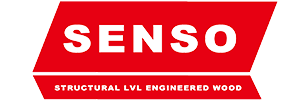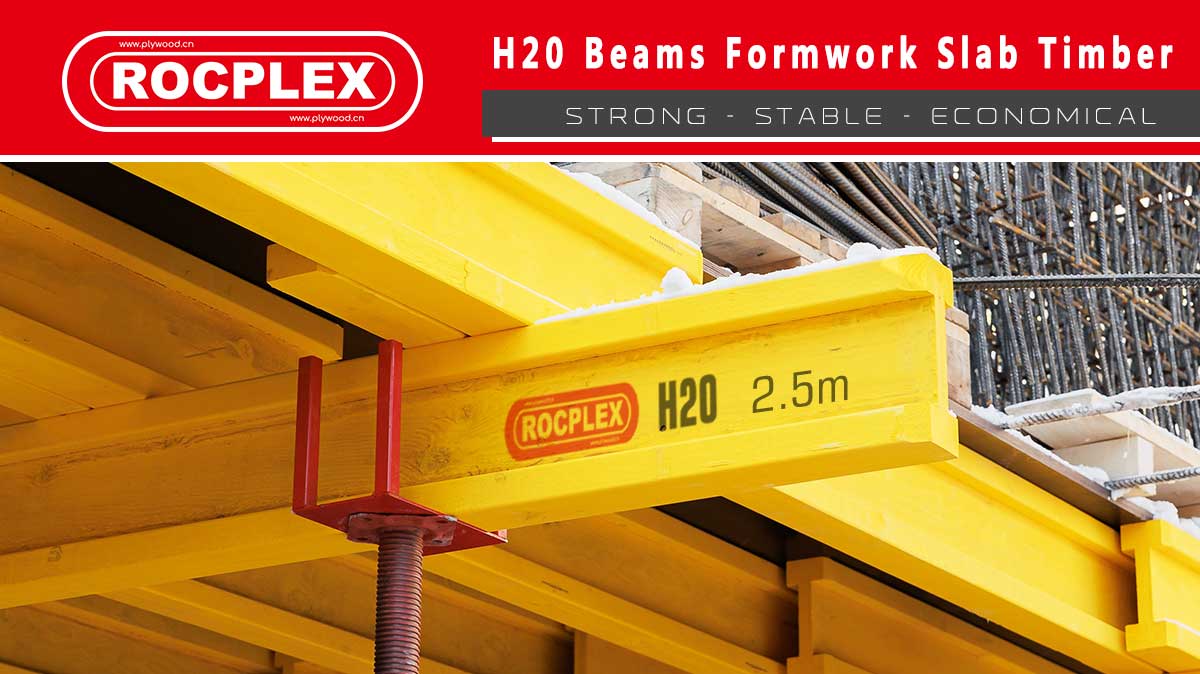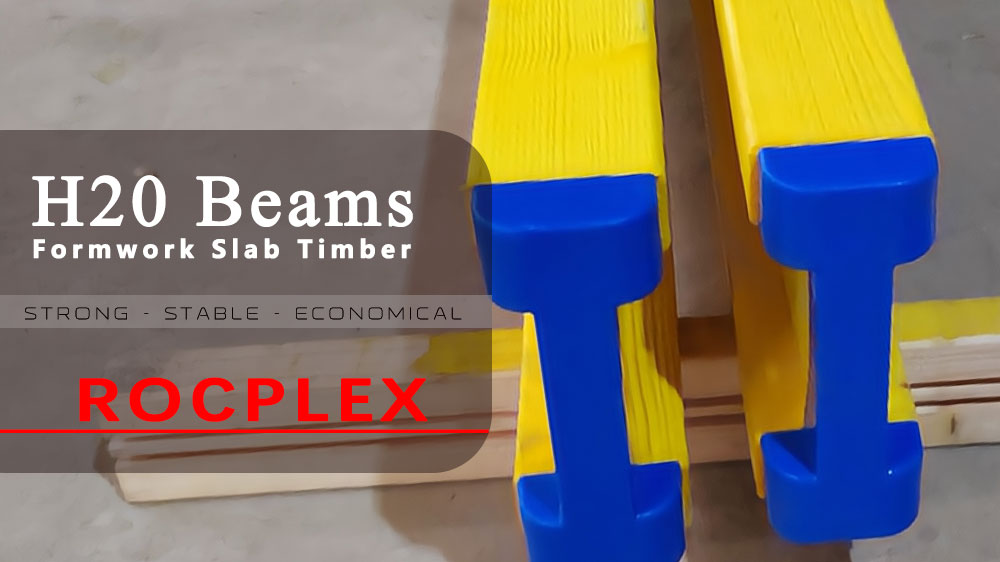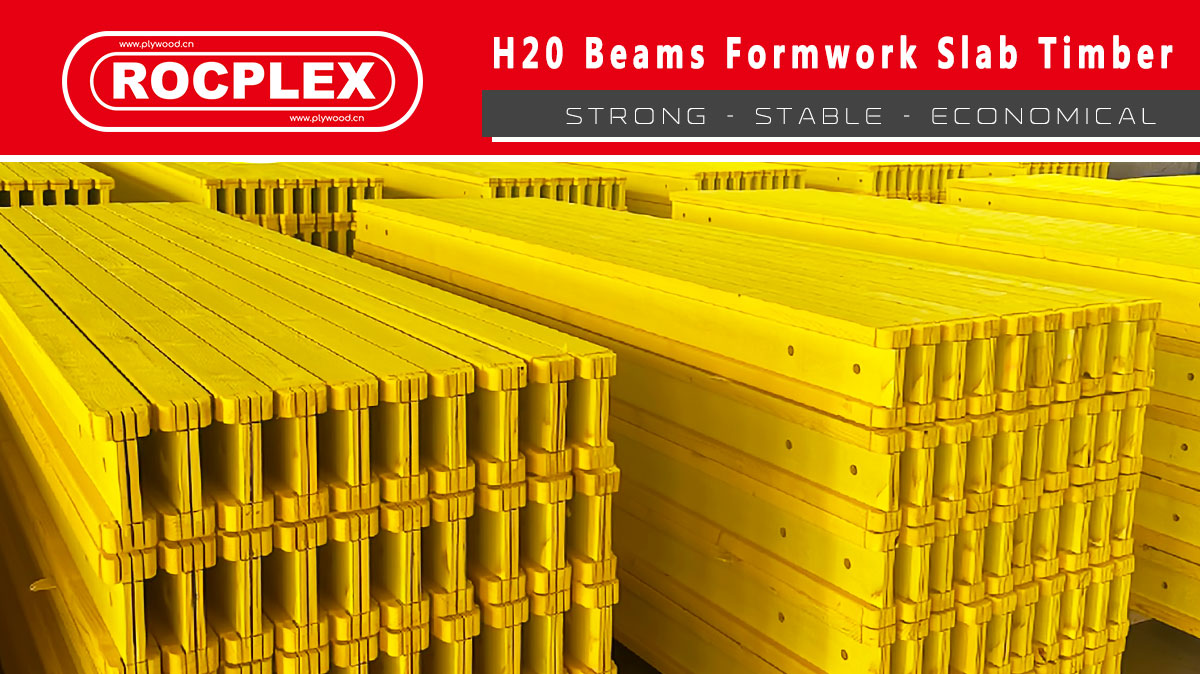What is Formwork H20 Timber Beam?
The formwork H20 Timber Beam is a key component in modern construction, known for its strength, durability, and versatility. These beams are used in forming concrete structures, providing a temporary or permanent mold for concrete to set. The H20 Timber Beam, along with its counterparts like the H20 Wood beam, Wood H beam, and wood girder, has become a staple in building due to its efficiency in shaping and supporting diverse architectural forms.
Advancements in Formwork H20 Timber Beam Technology
Evolution in Construction Practices
The development of the formwork H20 Timber Beam marks a significant advancement in construction technology. These beams have evolved from basic wooden supports to highly engineered components, capable of withstanding various environmental stresses while maintaining precision and efficiency.
Material Innovations and Sustainability
Material innovations have greatly enhanced the quality and sustainability of H20 Timber Beams. The use of renewable timber sources and eco-friendly manufacturing processes underscores the construction industry’s commitment to sustainable practices.
The Role of Wood in Formwork Technology
Versatility of H20 Wood Beam and Wood H Beam
The H20 Wood Beam and Wood H Beam have revolutionized formwork practices with their versatility. Their adaptability to different construction scenarios, from residential buildings to large infrastructural projects, demonstrates their pivotal role in modern building.
Wood Girder: The Backbone of Formwork Systems
Wood girders, integral to formwork systems, provide the necessary support for large and complex structures. Their robustness and reliability are essential in ensuring the structural integrity of buildings.
Enhancing Efficiency and Safety in Construction
Improving Construction Speed and Accuracy
Formwork H20 Timber Beams significantly improve construction speed and accuracy. Their ease of assembly and disassembly facilitates faster completion of projects while maintaining high-quality standards.
Safety and Reliability in Building
The use of H20 Timber Beams enhances the safety and reliability of construction projects. Their strength and stability are crucial in preventing formwork collapse, ensuring the safety of construction workers and the eventual occupants of the building.
The Economic Impact and Market Trends in Formwork H20 Timber Beam Usage
Cost-Effectiveness and Market Adoption
The formwork H20 Timber Beam is not only technologically advanced but also economically viable. Its cost-effectiveness stems from reduced material wastage, lower labor costs, and faster project turnaround times. These economic advantages have led to widespread adoption in the construction industry, making it a preferred choice in both small-scale and large-scale projects.
Global Market Insights
The global market for formwork beams, particularly H20 Timber Beams, is experiencing significant growth. This trend is driven by increasing construction activities worldwide and the rising demand for efficient, sustainable building solutions. The versatility and adaptability of these beams make them suitable for diverse construction needs, fueling their popularity across various regions.
Technological Integration in Formwork H20 Timber Beam Design
Digital Advancements and Customization
The integration of digital technologies, such as Building Information Modeling (BIM) and computer-aided design (CAD), has revolutionized the design and utilization of formwork H20 Timber Beams. These technologies enable precise customization, ensuring that each beam meets specific project requirements with utmost accuracy.
Future Prospects in Material Science
Ongoing research and development in material science promise to bring forth even more advanced forms of H20 Timber Beams. Innovations in wood treatment processes and hybrid materials are expected to further enhance the performance, durability, and environmental friendliness of these beams.
Environmental Sustainability and Green Building Practices
Promoting Eco-Friendly Construction
The use of formwork H20 Timber Beams aligns with the global movement towards sustainable construction practices. By utilizing renewable wood resources and minimizing waste, these beams contribute to the construction of eco-friendly structures, reducing the overall environmental impact of building projects.
Responding to Green Building Standards
Formwork H20 Timber Beams are increasingly recognized for their ability to meet and exceed green building standards. Their environmental compatibility, combined with structural efficiency, makes them an ideal choice for projects aiming to achieve certifications like LEED (Leadership in Energy and Environmental Design) and BREEAM (Building Research Establishment Environmental Assessment Method).
Bridging Aesthetics and Functionality in Modern Architecture with Formwork H20 Timber Beam
Enhancing Architectural Designs
The formwork H20 Timber Beam has a significant impact on modern architectural design, offering a blend of aesthetics and functionality. Its ability to support complex shapes and structures allows architects to push the boundaries of creativity, resulting in visually striking and structurally sound buildings.
Customization in Construction
The versatility of H20 Timber Beams enables a high degree of customization in construction projects. This adaptability is key in meeting the specific design and structural requirements of diverse building projects, from residential homes to commercial skyscrapers.
The Future of Construction with Formwork H20 Timber Beam
Anticipating Technological Innovations
The future of formwork H20 Timber Beam technology is intertwined with ongoing innovations in construction and material science. Emerging technologies, such as advanced wood treatments and automated manufacturing processes, are expected to further improve the capabilities and applications of H20 Timber Beams.
Expanding Applications in Building
As technology progresses, the applications for formwork H20 Timber Beams in construction are set to expand. Their suitability for a wide range of construction scenarios underlines their potential to meet the evolving demands of the construction industry.
FAQs on Formwork H20 Timber Beam
What is a H20 beam? A H20 beam is a type of formwork beam, primarily used in construction for molding and supporting concrete structures. It is known for its strength, durability, and versatility in various building projects.
What is timber formwork? Timber formwork refers to the use of timber or wood-based materials to create molds for concrete in construction. It is a traditional and widely used formwork method.
Why timber formwork? Timber formwork is preferred for its versatility, ease of handling, and adaptability to various shapes and sizes. It’s also an eco-friendly option, aligning with sustainable building practices.
Is timber formwork better than plywood formwork? Timber formwork is generally more adaptable and environmentally sustainable than plywood formwork, though the choice often depends on specific project requirements and budget constraints.
What is beam and slab formwork? Beam and slab formwork is a construction technique used to shape and support concrete beams and slabs. It involves using molds, often made of timber or metal, to form these structural elements.
Formwork H20 Timber Beam: Pioneering Sustainable and Innovative Construction
Formwork H20 Timber Beams, along with related technologies like H20 Wood beams, Wood H beams, and wood girders, are at the forefront of pioneering construction practices. They encapsulate the ideal blend of sustainability, efficiency, and aesthetic appeal, setting new standards in building. As the construction industry evolves, formwork H20 Timber Beams will continue to play a critical role in shaping the future of construction, promising a new era of architectural excellence and environmental responsibility.
Post time: Oct-08-2024




